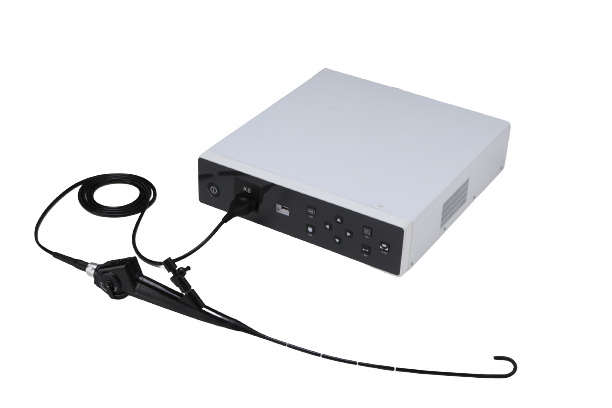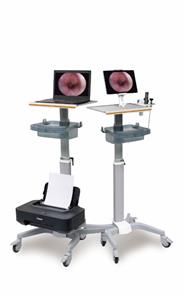3D Scene Reconstruction Technology of Cystoscopy Sequence Image
Cystoscopy diagnostic imaging is the gold standard for bladder cancer diagnosis and plays an important role in disease diagnosis, surgical guidance and cancer monitoring. However, because the imaging range of the endoscope is limited by the probe being too small, the magnification of the image cannot be combined with the field of view, and the two-dimensional image of the individual cannot be associated with the three-dimensional structure in the current field of view, which limits its use in diseases. Quantitative or longitudinal studies of physiology or cancer detection. Aiming at the above problems, this paper proposes a 3D scene reconstruction method based on sequential cystoscopic images. The main contents include the following parts:1. Aiming at the problem that the traditional calibration method cannot be applied in the human bladder, an endoscope self-calibration algorithm based on Kruppa equation is adopted. According to the projection properties of the absolute quadratic curve, a virtual calibration block is established, and the internal parameter matrix of the endoscope is calculated to complete the endoscope calibration. 2. A series of preprocessing steps are taken for the original images with low quality, uneven illumination and many noises collected by the endoscope. Firstly, the region of interest (ROI) of bladder image is extracted by mask method, the ROI image is converted from RGB color space to LAB color space, and the color enhancement is carried out by using limited contrast adaptive histogram equalization algorithm. Finally, bilinear interpolation algorithm is adopted. to accelerate. By comparing the number of feature corners of bladder images before and after preprocessing, the effectiveness and superiority of the preprocessing algorithm in this paper are verified. 3. The three-dimensional point cloud of the bladder is recovered by the incremental motion recovery structure algorithm. Firstly, the SIFT algorithm is used to extract and match the features of the preprocessed bladder image, and a RANSAC false matching elimination algorithm with an improved adaptive termination threshold is used. The sampling times avoids the problem that the sampling times and termination conditions of the traditional RANSAC algorithm are difficult to determine. Afterwards, the 3D point cloud and camera pose of the initial image are recovered by using epipolar geometric constraints and the triangle method, the camera pairs are incrementally added in sequence, and the parameters are optimized using the beam adjustment method to recover the 3D point cloud and inner surface of the bladder. The trajectory of the speculum. By reconstructing the 3D scene of bladder model data and standard clinical data, the experimental results show that the average reprojection error after reconstruction is less than one pixel (2.072.0? and 2.068.0? pixels), which proves that the proposed algorithm is feasible sexual.





